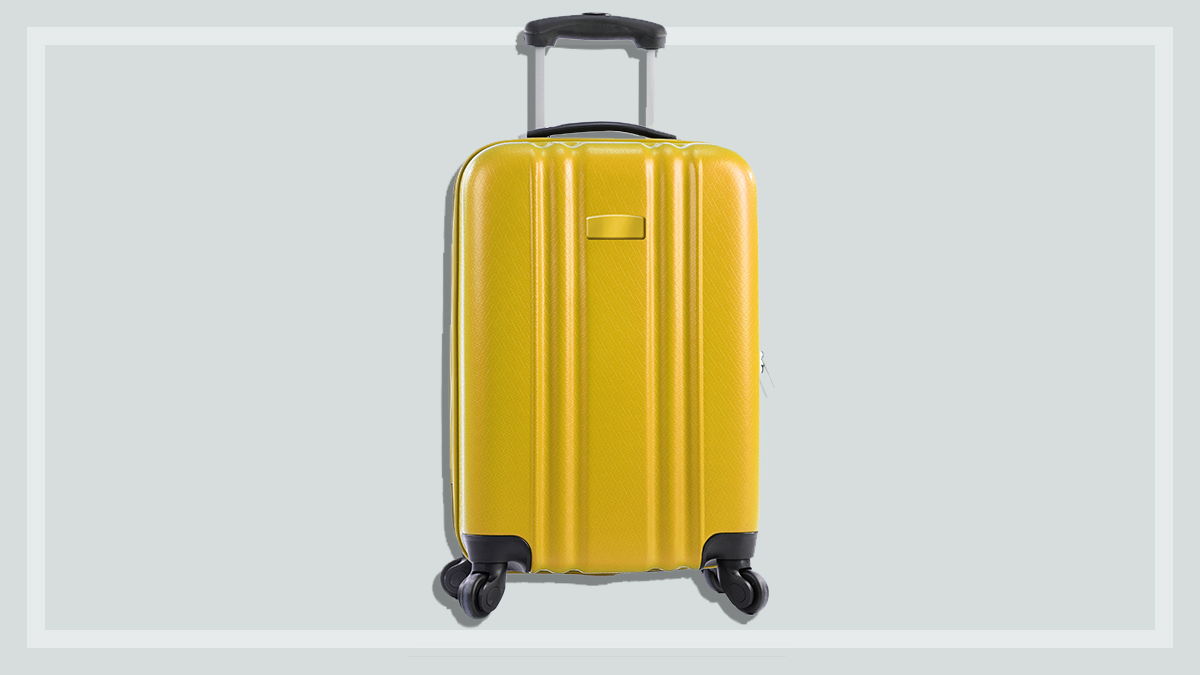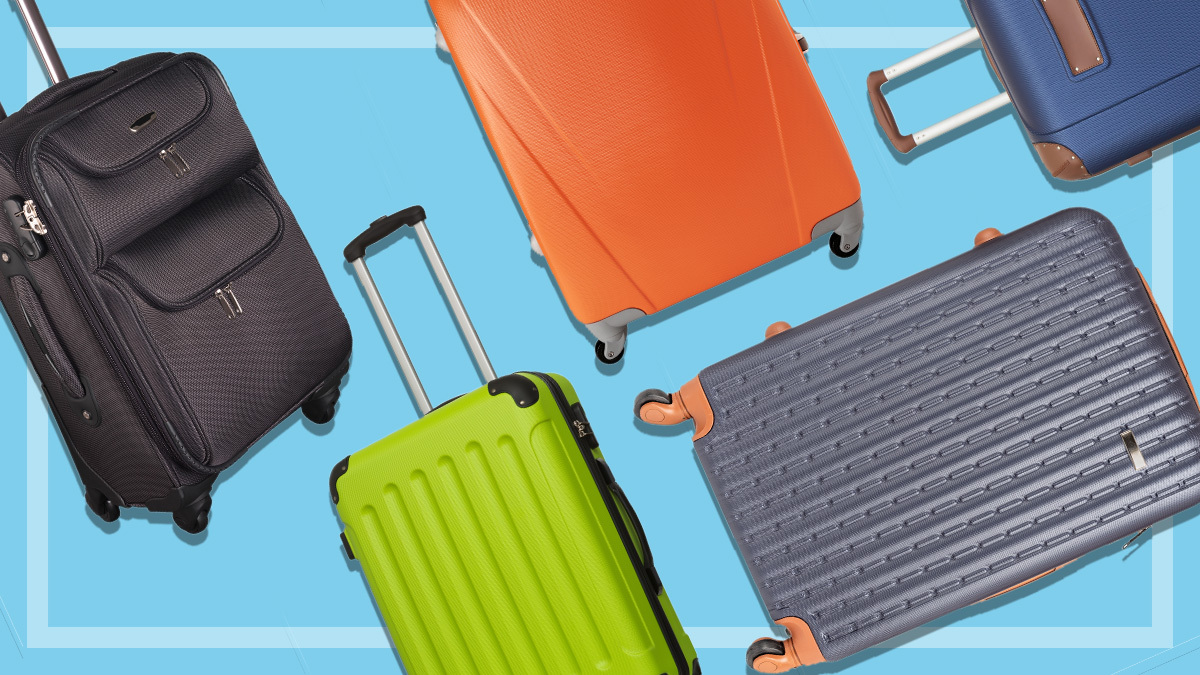Get our independent lab tests, expert reviews and honest advice.
How we test luggage
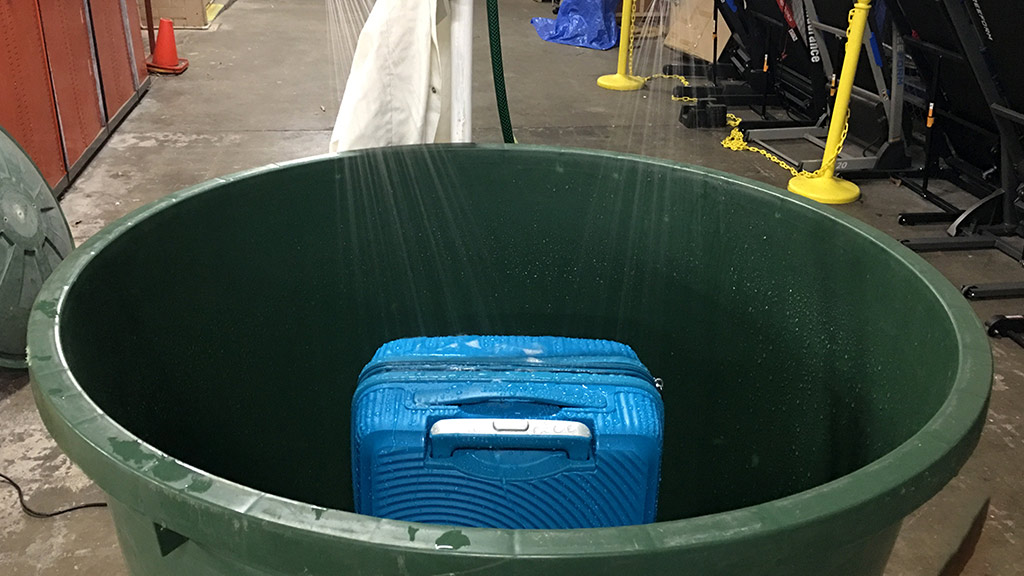
Australians love to travel, and CHOICE is here to help you choose a sturdy suitcase that’s easy to move around and won’t add to the frustration of getting to your destination. Our luggage test puts popular carry-on and check-in suitcases through some pretty rough treatment to find out which ones will help your trip go smoothly.
On this page:
Video: How we test suitcases
Our expert testers
We’ve got decades of experience testing suitcases. Despite high-tech materials and increasingly lightweight styles coming onto the market, little has changed: in 1966 our suitcase report included a user trial along with a range of lab-based performance tests, just as it does today.
Our experts use specialised equipment to conduct durability tests on suitcases from popular luggage brands like Samsonite, Antler and American Tourister. We invest member funds into new, useful equipment to help determine which suitcases will go the distance.
How we choose what we test
Our market researchers survey major manufacturers and scour the market to see what’s out there. We include both ‘luxury’ brands as well as cheap suitcases from national chain stores like Kmart and Big W to see if it’s really worth paying more.
Once we’ve done our market research, we put together a final list that goes to our buyers. They then head out to the retailers and purchase each product, just as a regular consumer would. We do this so we can be sure the suitcases are the same as any consumer would find them and not ‘tweaked’ in any way for better performance.
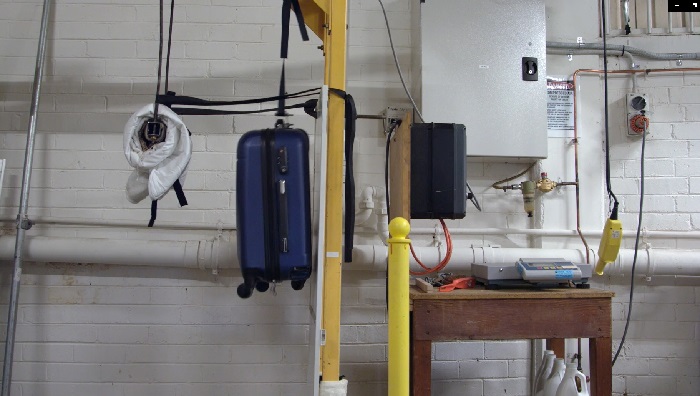
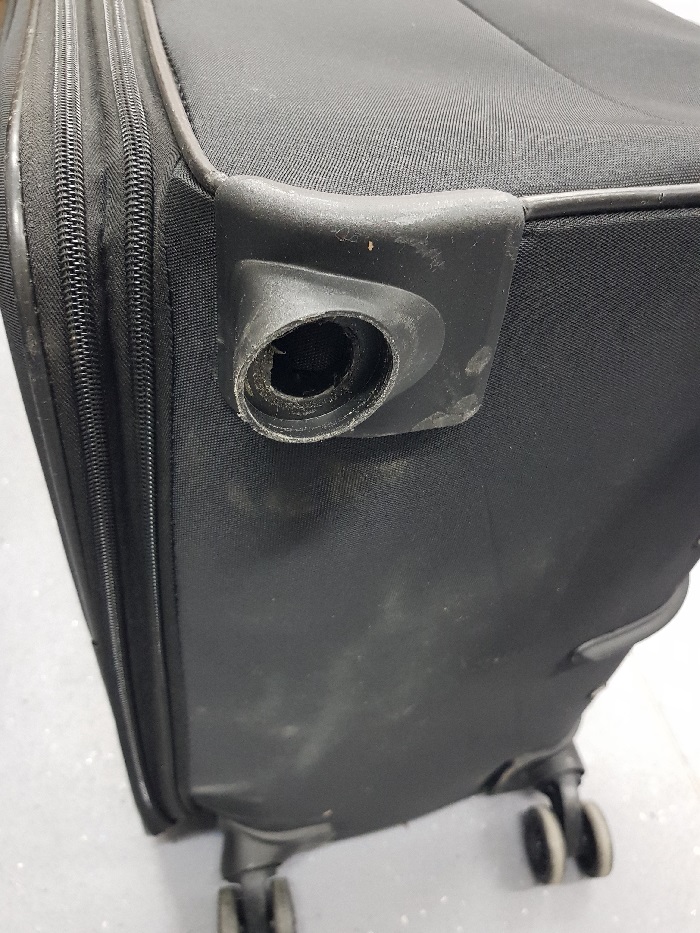
How we test luggage
Our suitcases go through many comprehensive assessments in order for us to determine the best performers.
Performance tests
- Lift-and-drop test: We load our carry-on suitcases with 4kg of clothes, while check-in suitcases are loaded with 15kg. Using a custom test rig, we drop the suitcases wheels-first onto a concrete floor 300 times from a height of 90cm and assess the damage. Models that survive unscathed receive 100%, whereas ones with missing wheels or severe holes score 0%.
- Puncture test: A heavy pointed cylinder is dropped onto the suitcase surface to see whether any damage occurs.
- Rain test: In this unforgiving test, we stuff suitcases with newspaper and put them under our custom-made shower rig which simulates a 10-minute downpour. We then assess the cases to see how wet the newspaper becomes.
- Stability test: We load the suitcases (carry-on is loaded with 4kg and check-in is loaded with 15kg) and tilt them to see whether they’ll tip at a certain angle. Anything that tips at 6° or less is considered unstable and rated ‘poor’; 6° to 15° is considered reasonably stable and ‘fair’. Anything above this is considered stable (‘good’).
Ease of use tests
Three triallists, including our expert tester, take the suitcases for a walk around the CHOICE building, as well as through our local streets and parks. When rating ease of use, they look at moving the suitcase out of a lift, moving it down the stairs, and taking it along carpet, asphalt and cement pathways. They also assess comfort (including handle grip) and how stable it feels when walking with it.
Test criteria explained
The CHOICE Expert Rating is our overall score, for suitcases. It includes the performance score (60% of the rating) and ease of use score (40%).
The performance score is based on the technical tests we conduct in our labs. The score is weighted differently depending on whether the suitcase is a carry-on or check-in suitcase.
We place more emphasis on the lift-and-drop score if it’s a check-in suitcase that could get bumped around more frequently.
For check-in suitcases consists of the lift and drop test (60% of the performance score), stability test (20%), puncture test (10%) and rain test (10%).
For carry-on suitcases the performance score consists of lift and drop test (30%), rain test (30%), stability test (20%) and puncture test (20%).

